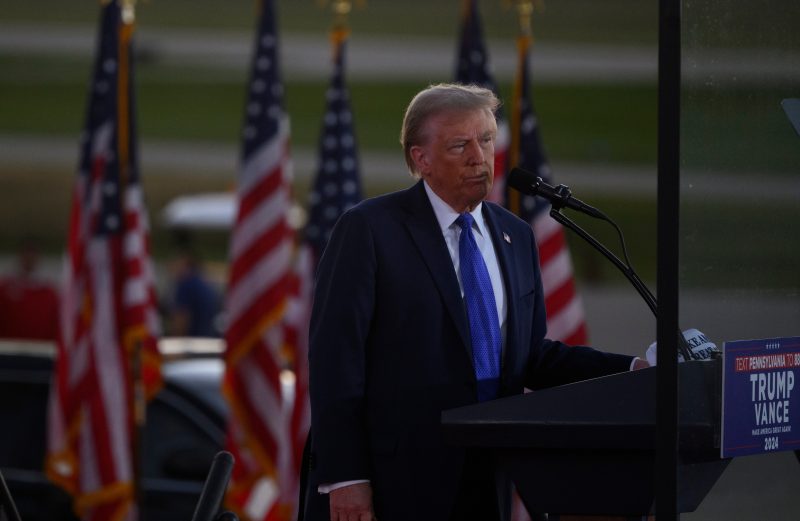In a statement made during a tele-rally with Pennsylvania voters on September 15, President Donald Trump claimed that Pennsylvania has 500,000 fracking jobs. This bold assertion, sourced from the Trump campaign, has raised eyebrows and sparked debate among experts and critics in the energy industry. While Pennsylvania does have a significant presence in the fracking industry, the actual number of jobs tied directly to fracking is a matter of contention.
Fracking, short for hydraulic fracturing, is a technique used to extract natural gas and oil from underground rock formations. The process involves injecting high-pressure water, sand, and chemicals into the ground to release the trapped resources. Pennsylvania, home to the Marcellus Shale formation—one of the largest natural gas fields in the United States—has seen a boom in fracking activity over the past decade.
According to data from the Pennsylvania Department of Labor & Industry, the state’s oil and gas extraction industry employed around 20,000 workers in the second quarter of 2020. This figure includes not only fracking jobs but also other related activities such as drilling, pipeline construction, and support services. While the industry undoubtedly plays a vital role in the state’s economy, the claim of 500,000 fracking jobs appears to be an exaggeration.
Critics of the President’s statement argue that the 500,000 figure is misleading and lacks proper context. They point out that the number likely includes indirect and induced jobs, such as those in ancillary industries like hospitality, transportation, and retail, which benefit from the economic activity generated by the fracking industry. While these jobs are indeed important, they are not all directly tied to the operation of fracking wells.
Moreover, the energy landscape in Pennsylvania is evolving, with a shift towards cleaner and renewable sources of energy. The state has set ambitious targets for reducing greenhouse gas emissions and increasing the use of renewables like solar and wind power. This transition is expected to have implications for the future of the fracking industry and its job market, raising questions about the long-term viability of relying on fossil fuels for economic growth.
In conclusion, President Trump’s claim of Pennsylvania having 500,000 fracking jobs is a topic of debate that underscores the complexity of the state’s energy sector. While fracking has indeed created jobs and economic opportunities in Pennsylvania, the actual number of direct fracking jobs is far lower than the figure cited by the President. As the state navigates the challenges of balancing economic development with environmental sustainability, a more nuanced understanding of the energy industry’s impact on jobs and the economy is essential.

